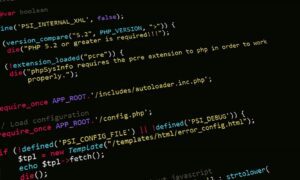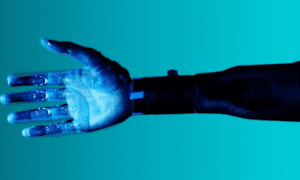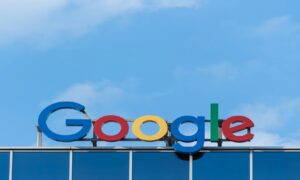No one really owns blockchain technology, though specific blockchains are owned by different organisations. There is a big difference between blockchain technology and a blockchain. The technology is the concept behind the operation of blockchains; it is the protocol or the principles governing the operation of a blockchain.
Although blockchain technology is usually associated with Satoshi Nakamoto, the technology is much older than the development of Bitcoin blockchain in 2008. In 1991, Stuart Haber and W. Scott Stornetta described the first work on a cryptographically secured chain of blocks. In the following year, they incorporated Merkle trees into the design improving its efficiency. This allowed several documents to be collected into a block.
It does not matter who actually came up with blockchain technology because it’s just a protocol. Protocols are used in communications the same way programming languages or algorithms are used in computations. Would you say that a particular person owns C++, JavaScript or any programming language?
Even though you cannot say that a particular person owns a programming language, people own applications developed using programming languages. Similarly, you could own a blockchain application, though not the technology itself. Organisations are developing private blockchains, therefore, becoming owners– but owning a blockchain is different from owning blockchain technology.
Public blockchains like Ethereum and Eris allow you to create and run applications from anywhere. The term “blockchain 2.0” (second generation blockchain) is popularly used to refer to these programmable blockchains. The Economist has once described one blockchain 2.0 application as coming with “a programming language that allows users to write more sophisticated smart contracts, thus creating invoices that pay themselves when a shipment arrives or share certificates which automatically send their owners dividends if profits reach a certain level”.
Blockchain 2.0 has given blockchain technology great new use cases. When Nakamoto released the Bitcoin white paper, it looked like blockchain technology would be used only in digital currencies. However, this has changed with blockchain 2.0 where new use cases are emerging every day. Crowdfunding, supply chain auditing, internet of things and protection of intellectual property rights are just a few of the numerous applications. Basically, blockchain 2.0 goes beyond transactions to enable the exchange of value without the need for an intermediary.
Blockchain 2.0 could be compared to the internet. Like blockchain technology, the internet was developed gradually with different people making useful contributions. The final milestone that gave rise to the internet as we know it today being the introduction of www by Tim Berners-Lee. This never made him the owner of the internet, and in the same way, Nakamoto cannot be said to own blockchain technology.
Today, numerous applications like Google, Facebook and Yahoo are developed and run on the internet and their owners do not own the internet. It is expected that similar applications will be developed on blockchain 2.0.



















































